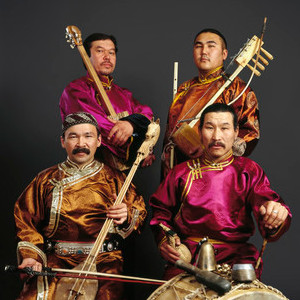Culture

BBC Ancient Greece
Overall, the site functions well as a cursory introduction to Ancient Greece and will be of most use to casual visitors, or school-level educators seeking to provide students with additional information.
Visualizing Cultures
Its careful and intentional promotion of image-centered learning helps provide a model of how to study history and cultures through prints, pictures, and paintings of the past.
BBC Ancient Egypt
Created with the help of academics, writers, and broadcasters, the BBC’s Egyptians webpage provides an excellent, easily digestible overview of Ancient Egypt through a series of essays and photo galleries.
Neolithic Bone Flutes
The use of musical instruments, such as clay flutes and bone whistles, has been traced back to the earliest documented historical period in China (Shang dynasty, 1765-1121 BCE).

Javanese Gamelan
Here, a Javanese gamelan (court orchestra) performs at a traditional wedding ceremony in Indonesia. A gamelan relies on intricate music played on expensive, exquisite bronze instruments to convey their community's values, ideals, and self-image. What the gamelan performs depends on context.

Shiva as the Lord of Dance
This manifestation of the Hindu god Shiva depicts the deity holding a small drum, which symbolizes the audible space that fills the universe, the sound of creative energy. Here, rhythm, drum, and music are manifestations of fundamental Hindu beliefs.

Huun-Huur-Tu Throat Singers
Huun-Huur-Tu is a musical group from Tuva, which is situated along the Mongolia-Russia border, that is known for their traditional throat singing.

Javanese Shadow Puppets
Music and dramatized storytelling are the tools of memory in places like the Indonesian island of Java. Here, a traditional Wayang, or Javanese, performance depicts Hindu epics or popular cultural legends through the use of leather puppets whose shadow is cast upon a thin fabric.

The Griots of West Africa
Music has served as a language of memory in many cultures around the world. In West Africa, a Griot, or Jali, is part of a special, hereditary caste of individuals charged with knowing and retelling the stories and histories of the local people.

Wagner's Ride of the Valkyrie
Although it is important to take into account an artist's intentions and hopes for new music, it is equally important to realize that music is often appropriated - meaning that it is used by others in ways that the artist did not intend.